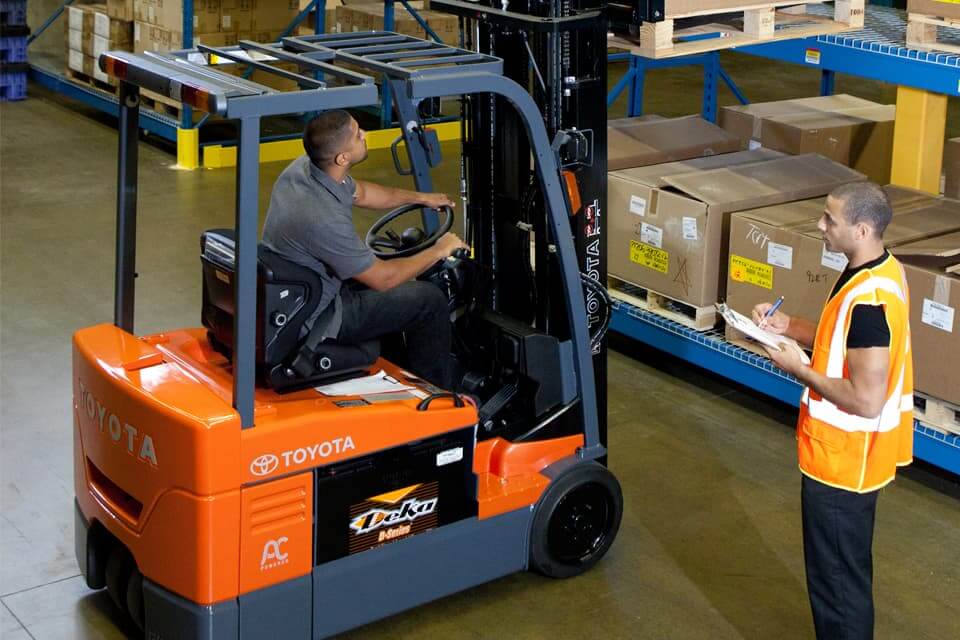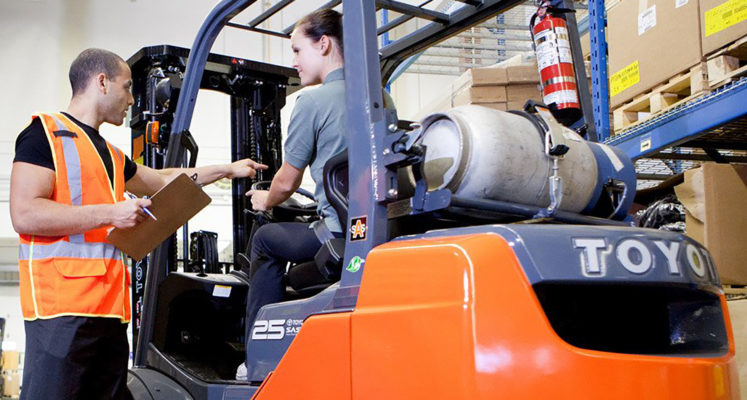
The Occupational Safety & Health Administration, or OSHA, requires anyone who operates a forklift to undergo forklift operator safety training. Any individual must also get certified on every type of forklift that they drive. If you’re wondering what this training entails, below are a few things you might learn.
Moving things across the country is the reason there are over 500,000 industrial truck operators working in the United States! Most things you see around you have needed a forklift at some point or another. Forklifts keep supply chains running, and move material all over the world.
#1: First things first: Only a trained, qualified operator should use a forklift.
#2: Entering and exiting a forklift should be treated carefully. A 3-point stance is best for both. Two hands and one foot should always be in contact with the forklift. Also, having clean hands and clean shoes will reduce your chances of slipping.
#3: A forklift is not a car. It may not look like it, but a forklift weighs a lot more than a truck or a car. Steering is different since the steering wheel is on the back of the forklift. With occasional uneven surfaces, a forklift operator must be aware of the differences between driving a car and operating a forklift. They should always use safe operating practices.
#4: Due to changes in the location of a combined center of gravity, loaded forklifts are more stable than unloaded forklifts.
#5: Data plates that show changes in load capacity should be secured to a forklift. All forklifts should have an accurate data plate. A forklift operator should follow the limitations that the data plates list. This can include lifting capacities, battery size, designated areas, and more.
#6: A responsible person should be appointed by the employer to enforce safety rules and practices. They should also correct any unsafe behavior by the operator.
#7: Because not all forklifts can operate on ramps, one must always check the correct forklift manual for instructions on ramp operation.
#8: Pedestrians should be aware of an operating forklift and the environment they may share. They play an essential part in forklift safety. They should always use designated walkways. It is their responsibility to pay attention when entering areas that forklifts are used in, such as areas where product is loaded, stored, or moved, and any areas forklifts may travel. A pedestrian should not assume the operator has seen them and should always make eye contact with the driver.
#9: All operators must perform pre-operating inspections. Transmissions, electrical systems, brakes, engines, etc. should be checked before use and make sure everything is running properly. If anything is out of order, the forklift must be tagged and out of service. You should make all repairs before using the forklift again.
#10: There’s a lot more to forklift operator training than merely taking a test. During Toyota Material Handling Solutions’ operator safety training program, trainees will learn about the following: OSHA laws governing forklift use and operation; pre-operational safety check; refueling procedures; industrial battery care; how to perform daily maintenance checks; and fundamentals of safe forklift driving. The 3-hour course concludes with a driver evaluation.
To learn more about Toyota Material Handling Solutions’ operator safety training classes or to sign up for training, contact us today!
Request Info on Operator Safety Training
Tags: forklift safety training, free resources
